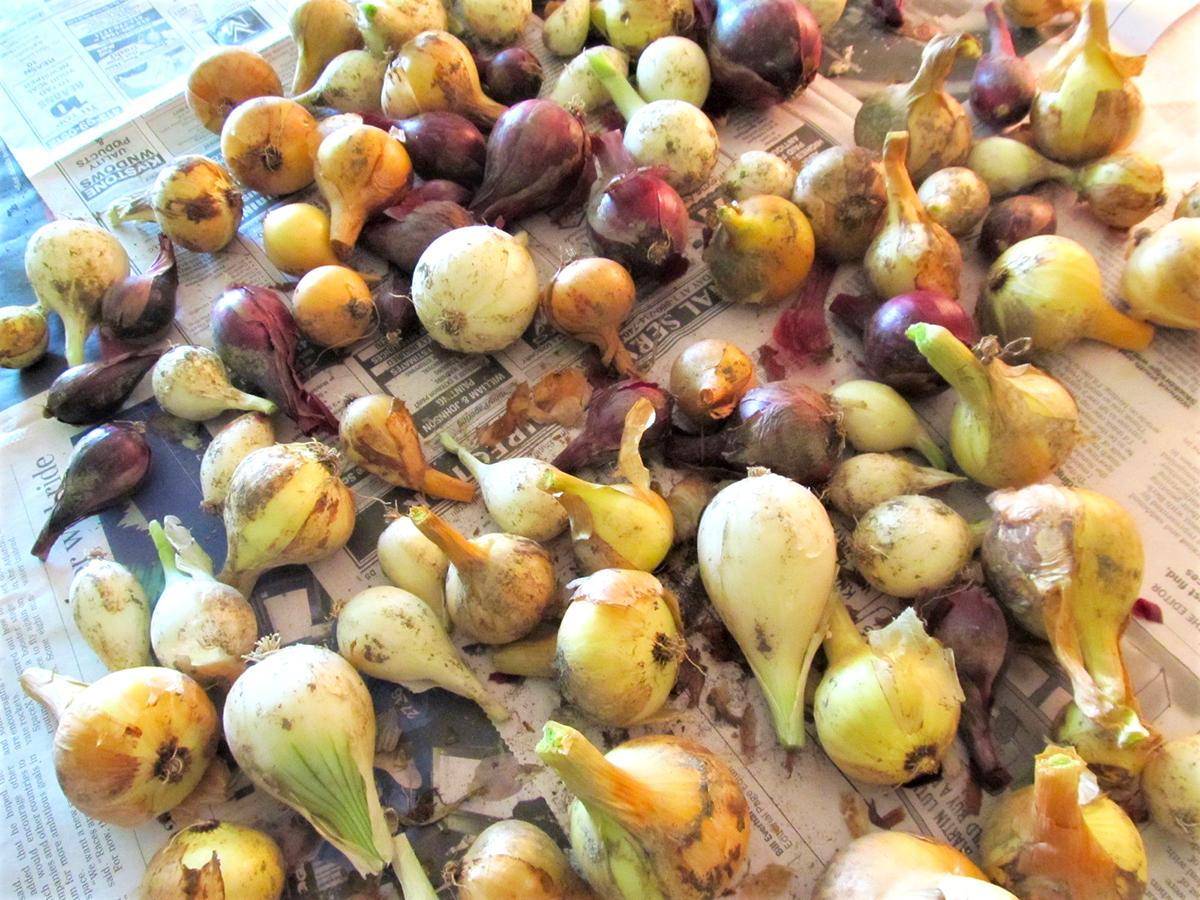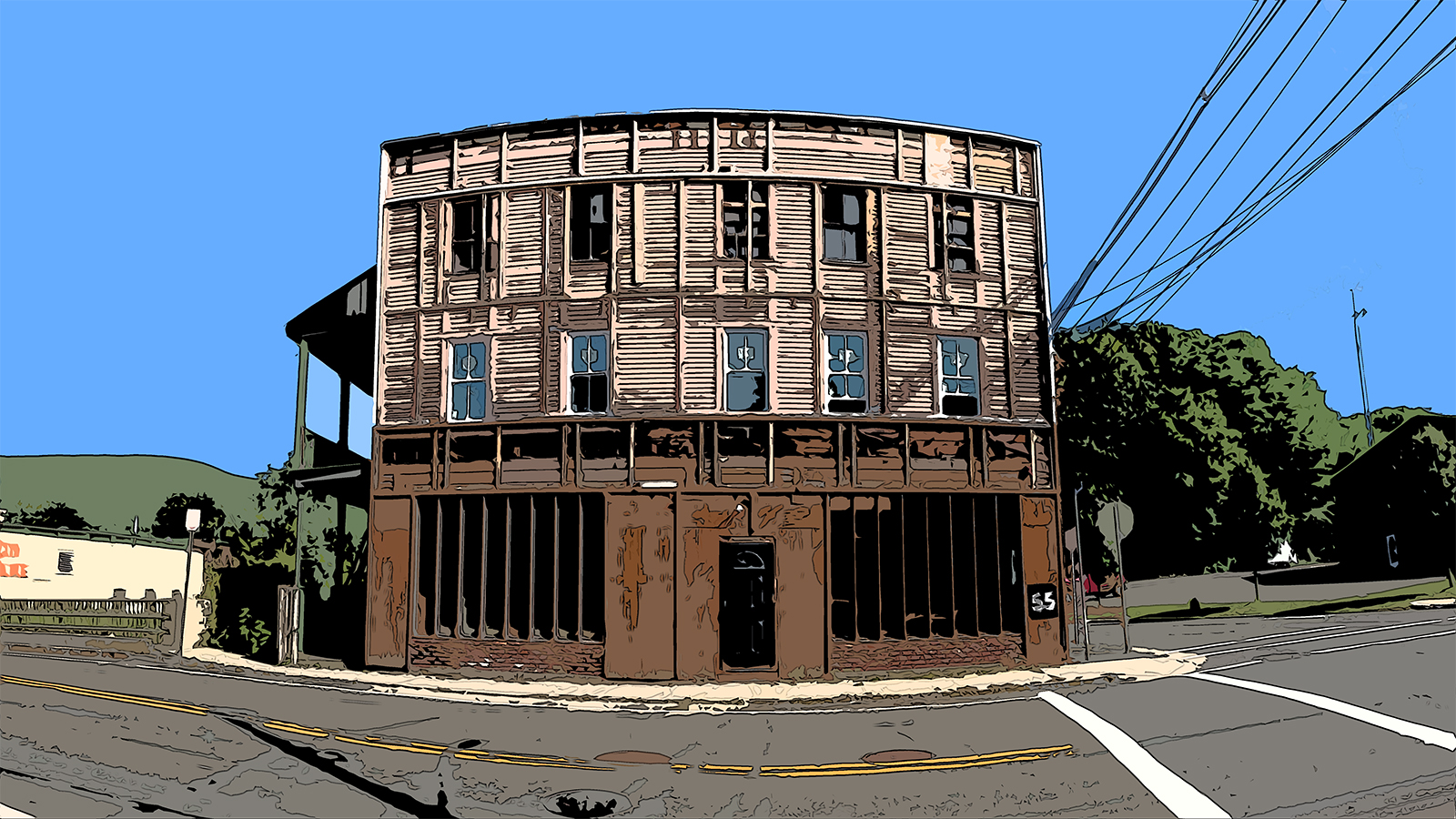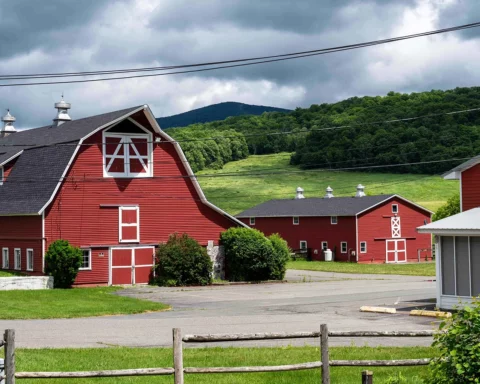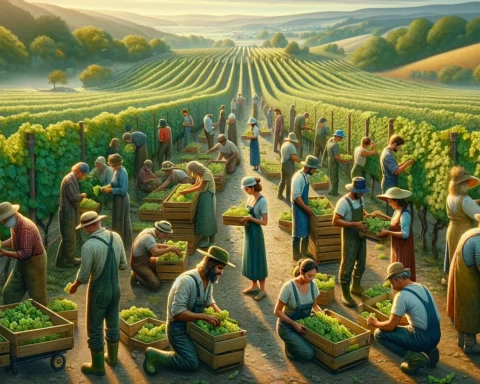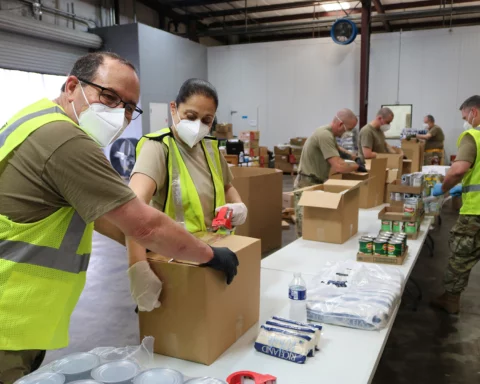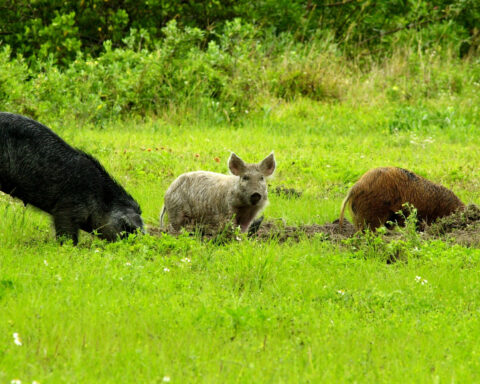I stepped out into the cool morning air, coffee in hand, and thought, time to pull the onions. When you’ve gardened or farmed for a long time, things sometimes hit you suddenly. You don’t have to think about them. The day was warm but dry, mid-August, and the beginning of the harvest season. My harvest for one is not time-consuming, and it recharges my seasonal battery as nothing else can.
In late spring I had bought a bag of tiny onion sets on impulse while cruising the aisles of Walmart. I had an unplanted spot in my little garden, and these would work. They were a couple of bucks. There were several onion varieties in the bag, and even though it was a little late in the season, and some of them were a bit shriveled, I tossed them in the cart, likely saving them from the Walmart dumpster.
Home-grown onions, like home-grown anything, have their advantages. In the case of my little garden, no heavy doses year after year of pesticides and chemical fertilizers. The taste is always superior. Mine went into a spot that had not yet been enriched with compost, my ongoing project, and because of that and the quality of the bulbs, the finished products are a little on the small side. For me, however, that is the perfect size, for single meals, garnishes, adding to pickles, and pickling themselves. My yield is about six pounds. In a perfect onion world, it would likely have been ten or more.
“It is hard to imagine a civilization without onions.”
– Julia Child
Planting is easy. Poke holes a few inches apart in soil that has been worked a bit and pop in the bulbs, pointy side up, flat side down, so that they are just beneath the surface. You can be neat and plant rows, but I usually pick out a spot about 5′ x 5’ and dot it with bulbs. Then forget it.
The onions are ready to pull when they begin to dry and the stalks lay on the ground. Pull on a nice day when the soil is fairly dry, straight out, and lay the onions with their stems attached on the ground. A half day of warm, not too hot, sun will accelerate the drying process.
If the weather is damp, or after a half day of sun, move the onions to a sheltered spot like a porch or garage. Having neither, I put mine on newspaper on the kitchen table. They were pretty pungent the first couple of days until they began to dry, but that only reminded me of all the lovely dishes I will be making with them, including a very delicious, nutritious, and inexpensive soup that is so easy to throw together it’s ridiculous. Recipe below.
Leave them for two to three weeks or until the stems shrivel and dry. You can then cut them from the bulb, leaving a small bit of stem. I have always done it this way, but recently learned that I can remove the stems, leaving about an inch attached, before the drying period. In my smaller space, I am putting this to the test.
You can also braid your onions, but I’ve never tried that. Store in a cool, dry place in a mesh bag, box with vents cut in the sides, or a large basket. Do not store with potatoes because of the moisture in the onions.
I hope I’ve inspired you to add “plant onions” to your “to do” list for next spring. It’s well worth the minimal effort and another step toward food security.
Basic onion soup
(make two generous servings)
Ingredients
- Handful of onions
- 2-3 T butter or olive oil or combination
- Broth or stock
- Seasonings
Directions
Slice onions thinly. Melt butter and/or oil over med. Heat. Add onions and cook on low/med till soft, stirring occasionally. I usually do this for about ½ hr. Add about ½ box of stock/broth or more. You can always add more. I typically use boxed chicken stock. Add spices, being extra cautious with salt as most stocks contain it. Spices can include pepper, dill, celery seed, whatever you like. Serve. I like to put a piece of melty cheese on top and/or chopped chives.
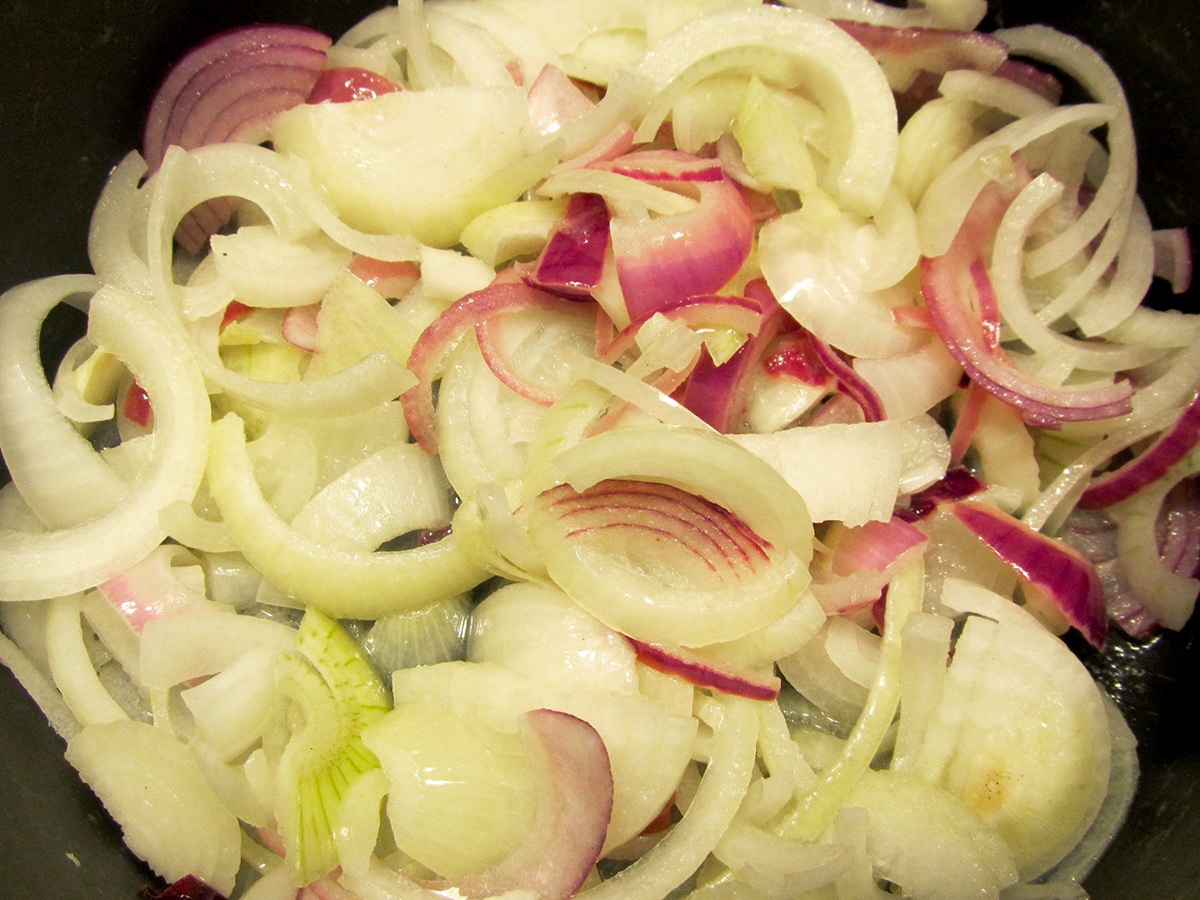
This recipe can also be amended in so many ways, with the additions of cooked meat, vegetables including mushrooms, even Asian-ized with soy, cooked rice noodles, etc. I do it a little differently every time, often adding that lonely vegetable in the drawer that would otherwise have no purpose in life. For the batch pictured I added some dried mushrooms that were gathering dust in the cupboard (the package, not the shrooms), dill seed, and pepper. And a sprinkling of chopped chives. Because you can never have too many onions.
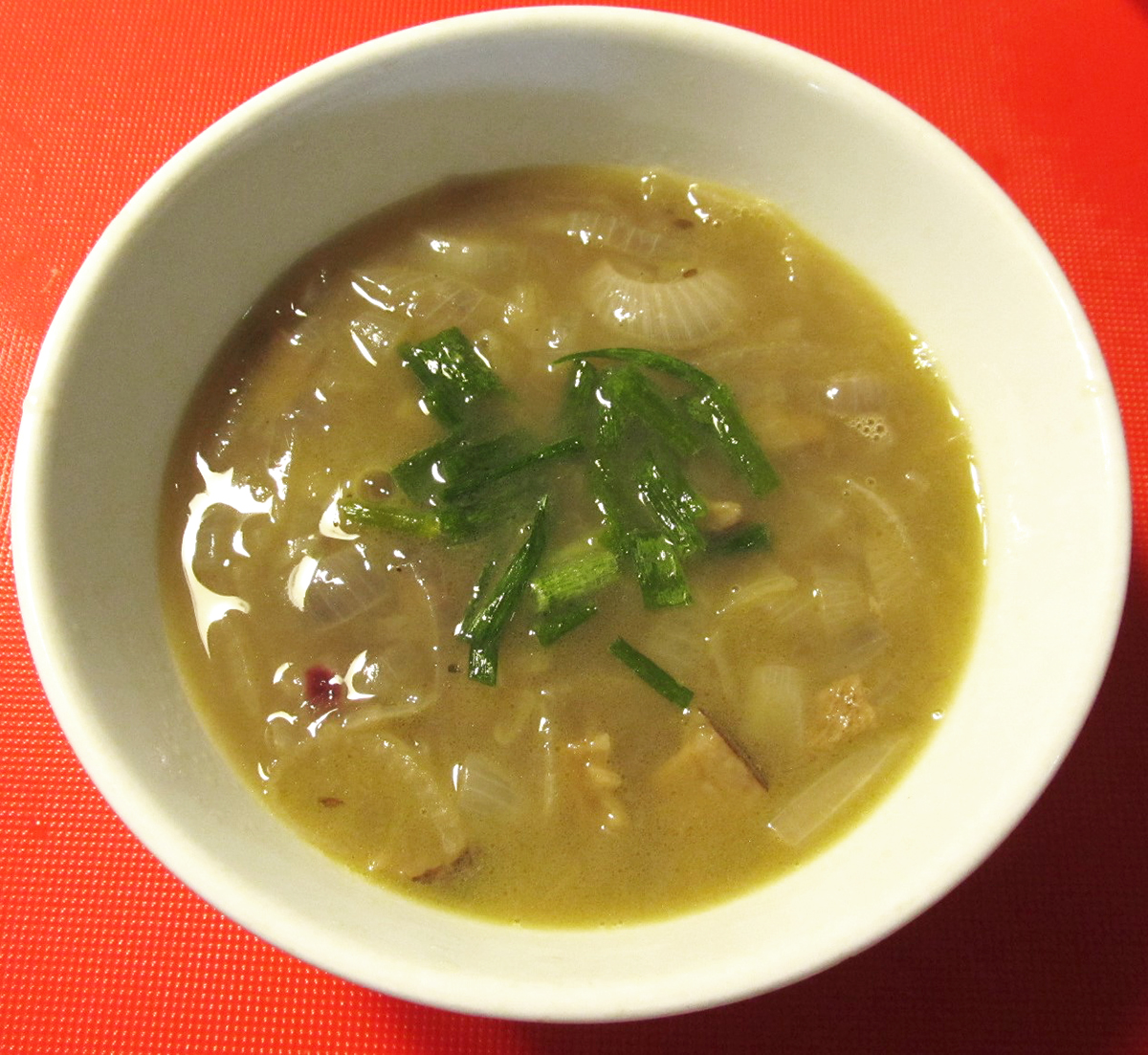
This is also a great soup to freeze. If you get a good deal on a big bag, make the basic soup and freeze in portions. You’ll thank yourself in February.


